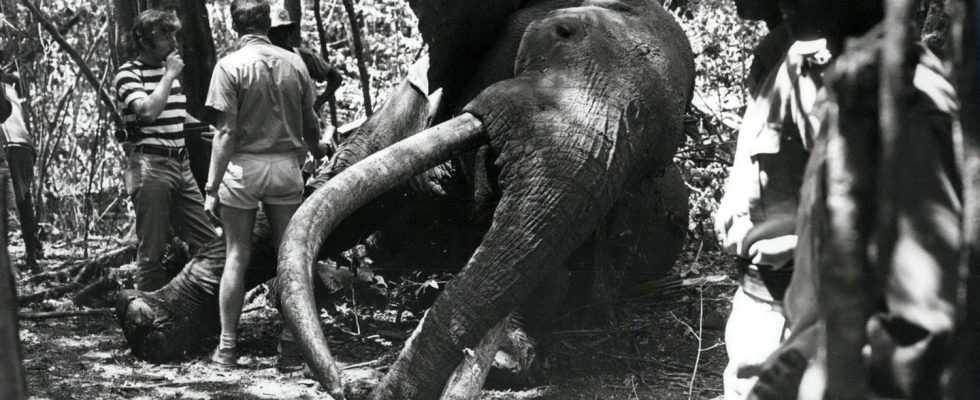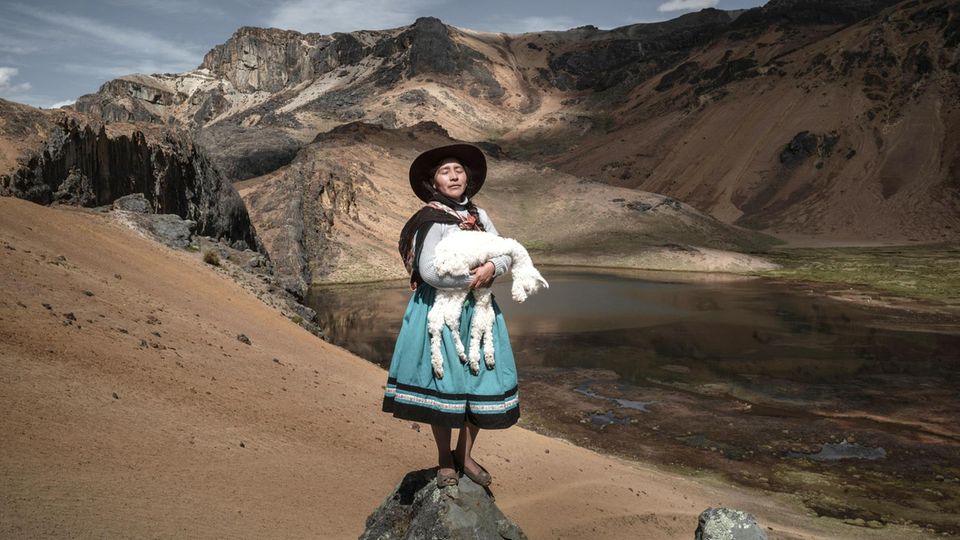Kenya
The legendary elephant bull Ahmed: A king with animal and human bodyguards
On January 17, 1974, the bull elephant Ahmed was found dead – thanks to his worldwide popularity, he was able to enjoy a long life
© Keystone Pictures USA/ / Picture Alliance
The bull elephant Ahmed was famous worldwide in the 1960s and 1970s. Legends grew up around him and his tusks. He enjoyed special protection.
Mount Marsabit rises high from the bushland in the north Kenya out. At its foot there is a national park named after him, which has long been home to another legendary colossus from the region: the bull elephant Ahmed. There are a number of legends surrounding Achmed, as “National Geographic” once wrote in a portrait about the animal. One says that his tusks were so huge and long that Ahmed could only climb a hill backwards.
Although the legend has never been substantiated, there are several photos of the bull’s long tusks. In the early 1970s, Ahmed and his tusks became known worldwide through several TV documentaries.
The bull elephant Ahmed had several bodyguards
According to the report, not only since this rise to prominence did Ahmed always have two smaller elephant bulls at his side, which were considered by the locals to be his bodyguards and behaved accordingly. After TV fame, human protectors came along: Kenya’s then-President Jomo Kenyatta declared Ahmed a living monument after a letter-writing campaign by students. To protect against poachers, five armed game wardens guarded the national treasure, reportedly known as the “King of Marsabit,” around the clock.
Ahmed died of natural causes a few years later, his age was estimated to be around 65 years. Despite animal and human protection, old rifle bullets were discovered in his body – relics of a risky life. Ahmed’s skeleton and tusks are now in the Nairobi National Museum, and a fiberglass replica of the famous colossus stands in front of the museum. To this day, Ahmed is seen as a symbol of the need to protect Kenya’s endangered elephants.
Source: “National Geographic” (archived), Google Arts and Culture
WWF balance sheet
White rhinoceros, hoverfly, Spix’s macaw: these are the winners and losers in the animal kingdom
In the gallery: Endangered animal species are not only found in regions such as Antarctica or in rainforests. Even in our part of the world, the conditions are sometimes problematic. This is shown by the WWF balance sheet on winners and losers in the animal world.


